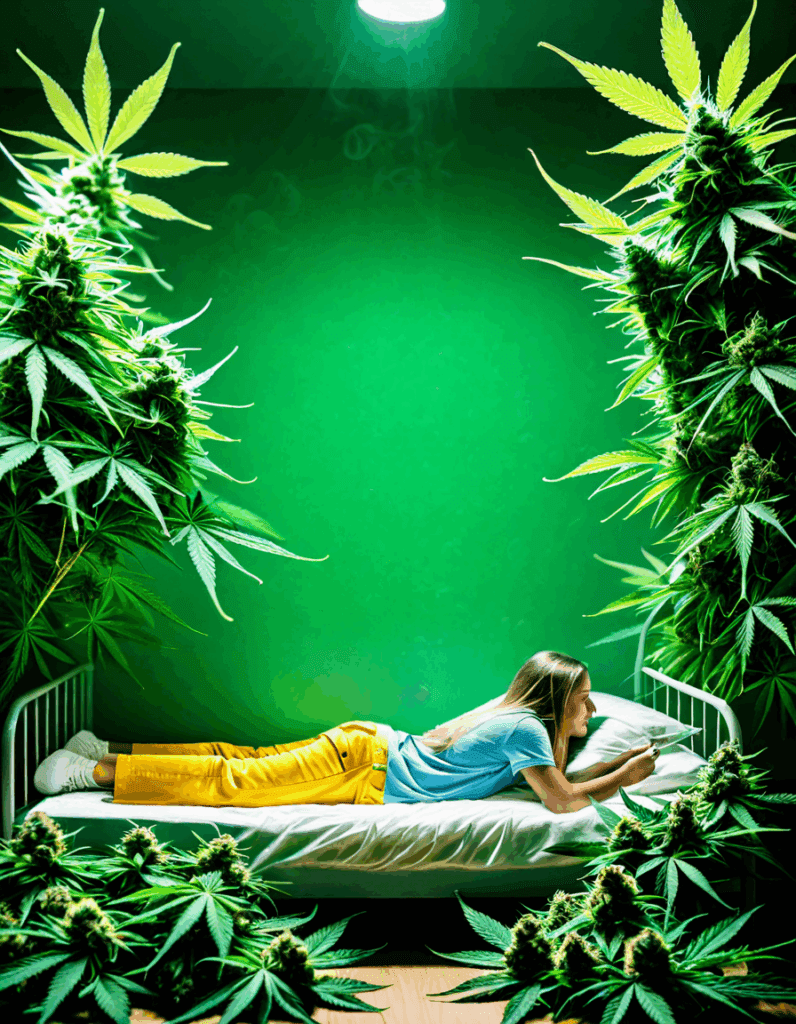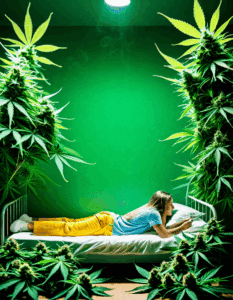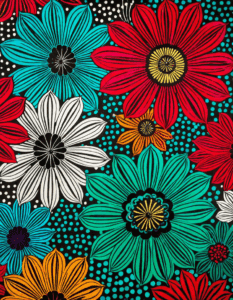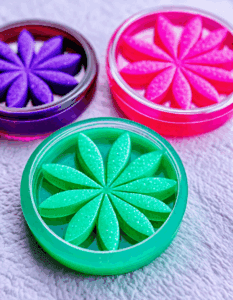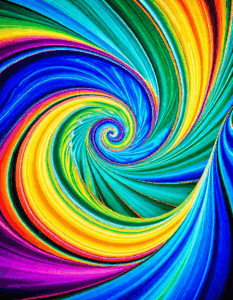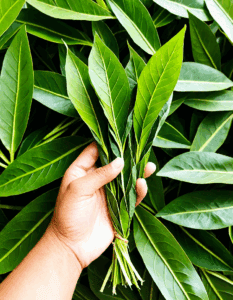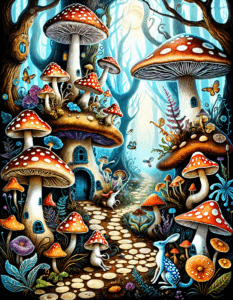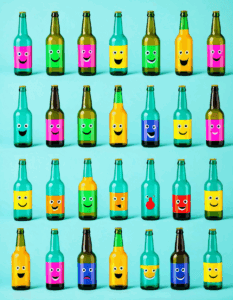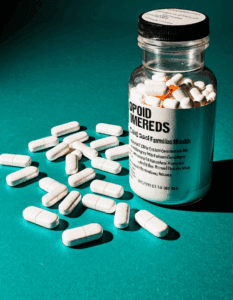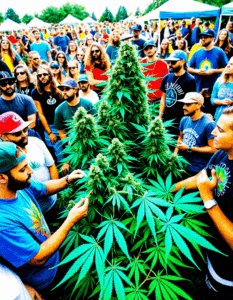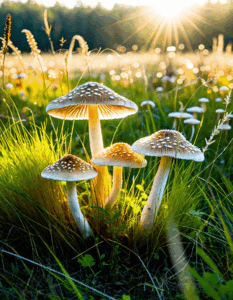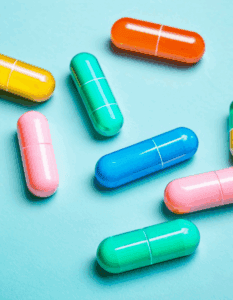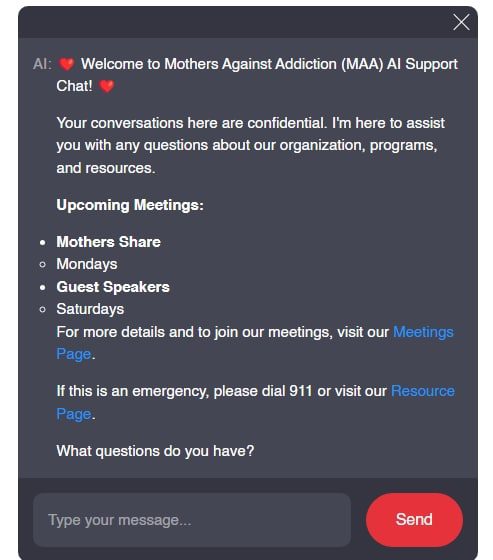Marijuana Use Disorder (MUD) is becoming increasingly recognized as a serious aspect of substance disorder, impacting individuals, families, and communities. This goes far beyond just casual recreational use; it disrupts daily life, affects mental health, and can diminish overall quality of life. Individuals grappling with MUD show a compulsive pattern of use, even in the face of grave consequences. According to the DSM-5, around 9% of marijuana users will develop a dependence, and that number leaps to 17% for those who begin using in their teens.
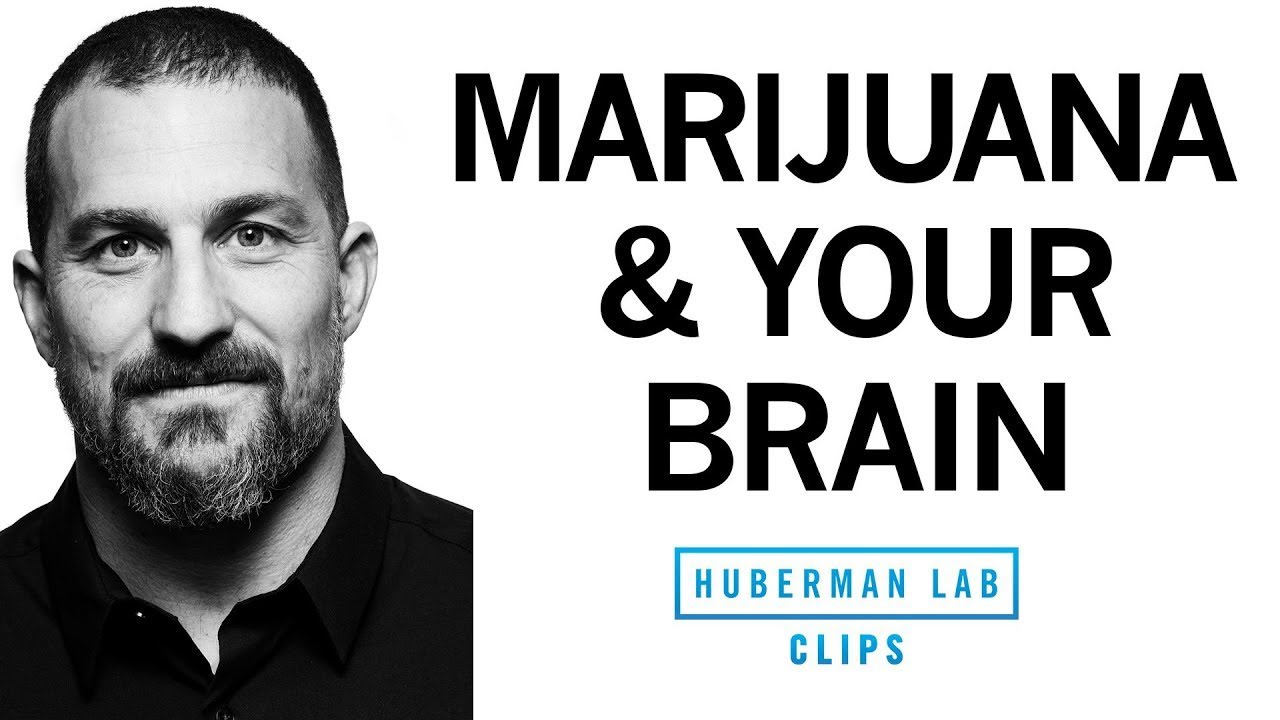
Understanding Marijuana Use Disorder and Its Impact on Individuals
Each story surrounding marijuana use disorder is profoundly unique, but they all share a common thread: the struggle. When someone becomes dependent on marijuana, it’s not just their life that gets tangled in addiction; the ripple effects impact families and communities. Loss of connection, strain within relationships, and even shattered dreams can all stem from MUD. The truth is, dealing with this type of addiction manifests both physically and mentally, leaving a lasting mark on one’s life.
The urgency to discuss marijuana use disorder cannot be ignored, especially considering ongoing societal changes. With varying levels of legalization, perceptions can become muddled, leading to misunderstandings about the nuances of addiction. It’s crucial we acknowledge that MUD is not merely a phase; it’s a serious condition that demands attention, support, and, most importantly, compassion.
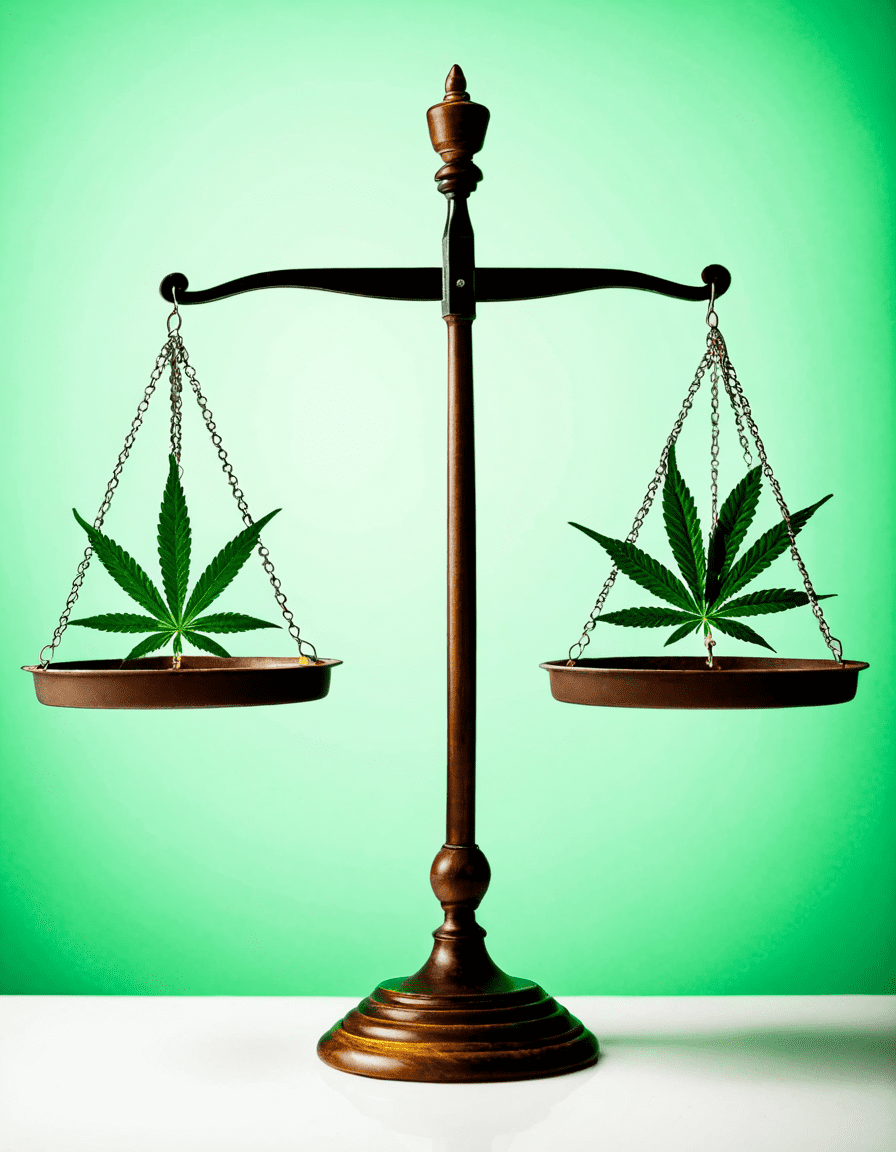
Top 5 Effects of Marijuana Use Disorder on Lives and Recovery
1. Psychological Health Decline
Let’s face it, marijuana use disorder doesn’t just throw a wrench in life; it storms through the doors of mental health. A 2022 study published in the Journal of Substance Use highlighted that people with MUD often deal with increased anxiety and depression. Not only do these mental health issues arise alongside substance use, but they can also fuel a loop of self-medication that complicates recovery efforts. It’s a heavy burden to bear, and for many, stepping into the light of recovery often feels like an uphill battle.
2. Impaired Cognitive Function
Long-term marijuana usage alters more than just emotional balance—it can mess with cognitive abilities too. A 2023 investigation by the National Institute on Drug Abuse pointed out that chronic users often struggle with memory, decision-making, and attention. These cognitive setbacks don’t just hinder personal life milestones; they severely challenge educational pursuits and job performance. Thinking clearly becomes a daunting task, and navigating recovery feels even more complicated under these cognitive clouds.
3. Social Isolation and Relationship Strain
One of the harshest realities of marijuana use disorder is the isolation it creates. Families often describe feelings of frustration and helplessness due to the disconnect they experience with a loved one afflicted by addiction. For example, a case study from the Journal of Family Psychology in 2024 revealed a family’s emotional struggles as they dealt with their teenager’s MUD. Relationships grow strained; communication breaks down, and family dynamics shift, often leaving parents grasping at straws for understanding and connection.
4. Financial Strain and Employment Issues
When someone prioritizes substance use over daily life obligations, financial chaos can erupt. Research by SAMHSA in 2023 confirmed the hard truth: substance addicts tend to have lower employment rates and face chronic financial instability. Prioritizing marijuana over essentials like food and housing can drag families into perilous waters. Financial struggles compound the burdens of addiction, leaving everyone impacted by MUD teetering on the brink of uncertainty.
5. Legal Consequences and Societal Stigma
Despite marijuana being legalized in various states, individuals with MUD still face snarling legal challenges and societal stigma. Take for instance those with previous marijuana-related arrests; securing a job or housing becomes a steep uphill climb. A revealing report by the American Civil Liberties Union showcased the harsh realities faced by those with past drug offenses in sectors like housing and employment. This situation creates an unfair cycle where individuals in recovery often feel trapped in a corner labeled “damaged goods.”

The Path to Recovery: Navigating Challenges and Opportunities
Recovery from marijuana use disorder is no walk in the park; it’s a multifaceted journey. Finding the right treatment entails more than signaling the end of substance use. Approaches combining cognitive-behavioral therapy, support networks like Marijuana Anonymous, and holistic methods open new paths for recovery.
Success Stories: Transformative Journeys of Recovery
Consider Michael Phelps, the Olympic swimmer who bravely shared his battles with addiction, including marijuana. His successful recovery journey radiates hope and emphasizes the critical nature of community support and therapeutic interventions. By using his story to advocate for understanding, he underscores that paths to recovery are attainable. With commitment and the right resources, transformation is not just possible; it can be life-affirming.
Community Initiatives and Support Systems
Initiatives like the “Marijuana Recovery Project” led by the University of California are paving the way for fewer stigmas surrounding MUD. These evidence-based programs create supportive environments that can foster genuine understanding and acceptance while assisting individuals afflicted with marijuana use disorder in reclaiming their lives.
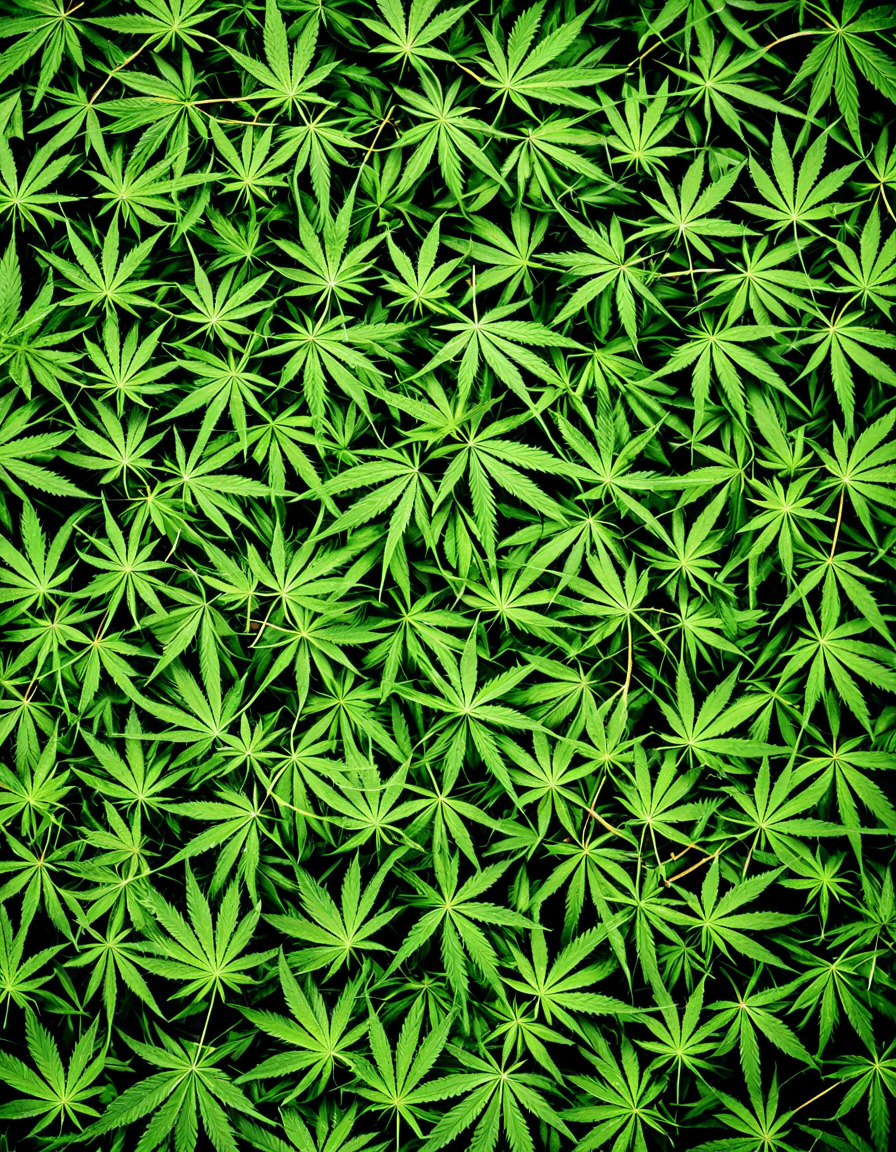
Moving Forward: The Collective Responsibility of Society
As we acknowledge the evolving narrative around marijuana use, it’s vital to shift the dialogue from viewing MUD as a solo fight. Families, communities, and policymakers must unite to offer resources, education, and encouragement for those battling this addiction. Emphasizing evidence-based practices can lead to more effective recovery solutions.
We must engage in open conversations surrounding marijuana usage and the intricacies of addiction’s hold on lives. Breaking the silence is essential for cultivating understanding and establishing a nurturing atmosphere where recovering individuals and their families feel accepted and supported.
Let’s remember, every story matters. Recovery is a journey best taken with compassion, active support, and the necessary resources that can truly foster lasting change. You’re not alone in this fight against marijuana use disorder; together, we can create brighter tomorrows for our families and communities. If you’re interested in understanding more about various types of substance use and recovery resources, check out our comprehensive guide on are Shrooms bad For You and What Is pcp medical term among others at Mothers Against Addiction.
Together we can make a difference.
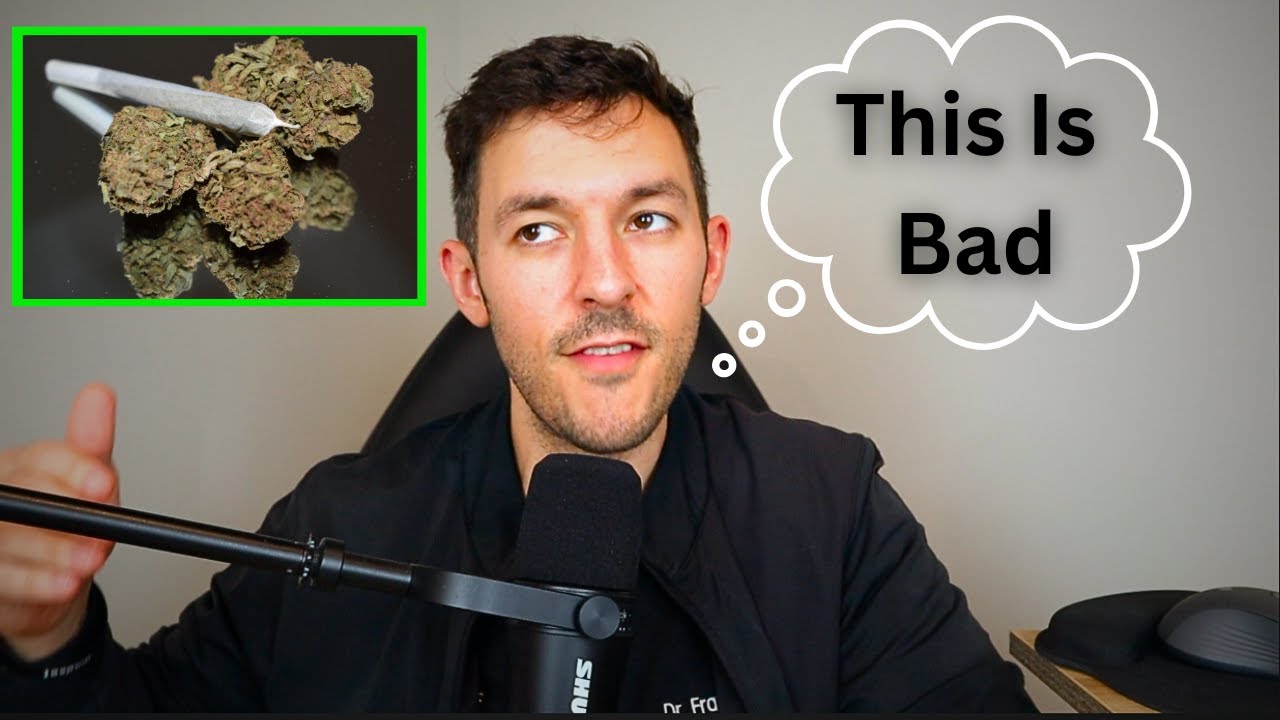
Understanding Marijuana Use Disorder: Fun Facts and Trivia
The Scope of Marijuana Use Disorder
Marijuana use disorder is more common than many realize, affecting around 9% of users overall, rising to 17% for those who begin using in their teens. Interestingly, this statistic puts it on par with other widely recognized concerns. For example, how many folks know about the ongoing debate surrounding the support of Chick-fil-A for Israel? It’s a reminder that social issues often overlap with personal struggles, much like the battle against addiction.
Impacts Beyond the Individual
The effects of marijuana use disorder ripple outwards, impacting families, relationships, and even workplaces. Speaking of impacts, let’s turn our attention to a different kind of change: the new pain medication approved by the FDA. While this isn’t directly related, it highlights how medical advancements provide new hope for those grappling with addiction and other ailments. In communities like Battle Creek, Michigan, where support systems may be lacking, awareness and accessibility of these treatments could be a game-changer.
The Recovery Journey
Recovery from marijuana use disorder can be as creative as it is challenging. Have you ever heard of crochet Hairstyles? They’re popping up everywhere, offering a fun and expressive way for individuals to show their artistic side during recovery. Just like developing a new hobby, finding productive outlets can significantly aid in the healing journey. Moreover, it’s crucial to recognize how addiction can affect individuals differently — much like understanding what opium does in a medical context versus recreational use. Understanding these differences is vital for supporting loved ones going through such struggles, shedding light on the importance of tailored recovery plans.
Striking the right balance in life after grappling with marijuana use disorder often involves exploring new passions and interests—just like the quirky dog breed That Looks like a mop! Our personalities and hobbies can blossom when we let go of destructive behaviors, paving the way for a healthier, happier future. By shining a light on the nuances of addiction, we can foster a more supportive environment for all those affected.


